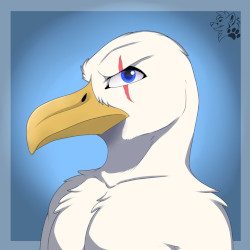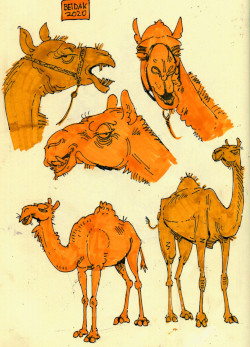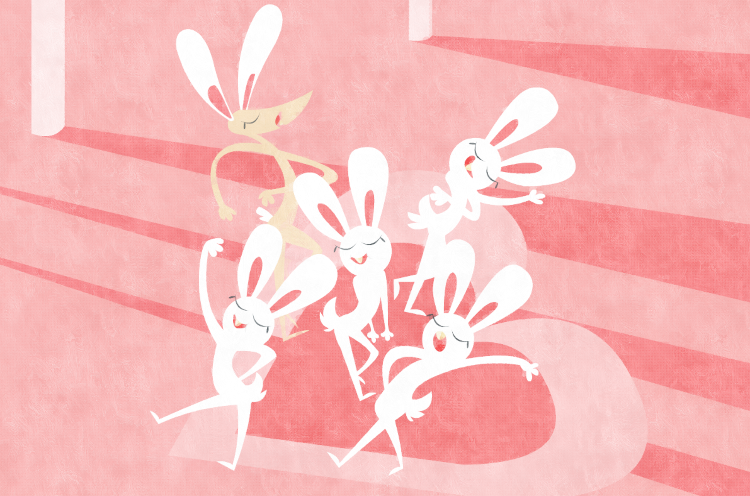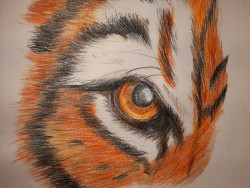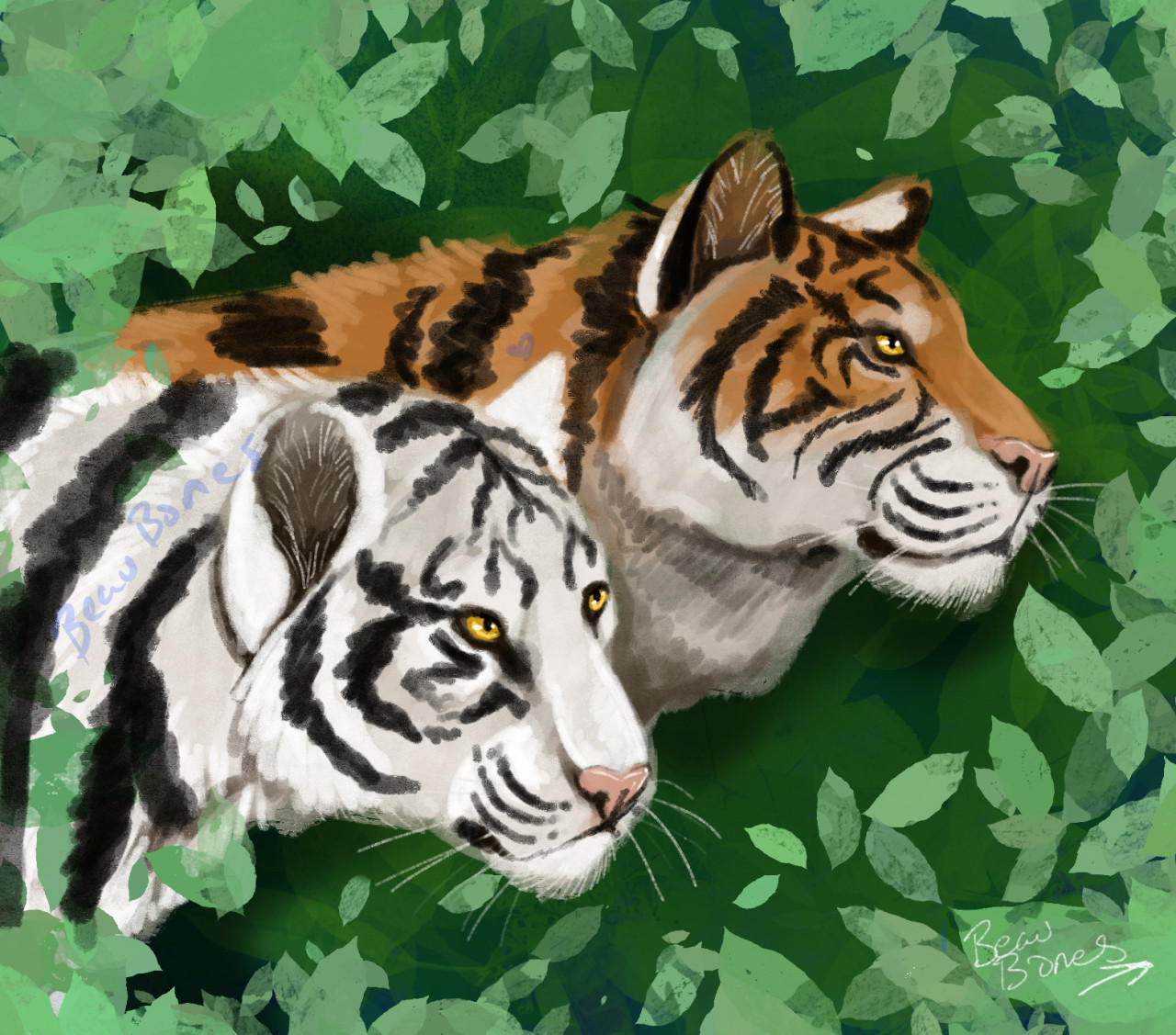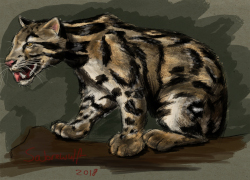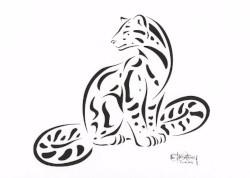Naming Your Alien Species
This post is a companion article to the Creating An Alien Ecosystem series, particularly part 5.
In real life many Orders, families (that is, the taxonomic group beneath Orders), and species, have unique names, such as antelope, badger, or crocodile. These names are derived from other languages (and have often filtered through more than one before they appear in the English language) and usually refer to a defining characteristic of that animal. Common source languages for this include Arabic, Avestan (an early Iranian language), Hebrew, Latin, and Greek.
In this article I’m going to call these animal names ‘root names’.
In real life, these root names form the basis of our animal naming system. For example there are entire Orders or families called bat, wolf, and dolphin (and the words bat, wolf, and dolphin had to come from somewhere), but individual species usually have extra words added, to make them distinct, such as long-eared bat and Honduran white bat. Let’s look at a few examples of real-world animal names to see how those names came to be.
Root Names
Albatross
Albatross began as the Arabic word al-ḡaṭṭās, and was used to mean ‘diver’. The Portuguese adopted the word and developed their own equivalent: alcatraz, meaning ‘gannet’ or ‘frigatebird’. Since frigatebirds are black and albatrosses are white, the Portuguese amended alcatraz using the Latin word for white, albus. The result was the word albatroz, which English speakers adopted with little to no phonetic changes.
Source: Wikipedia
Camel
The name for camels originally came Hebrew, Arabic or Phoenician: gāmāl , meaning ‘stopping’, ‘weaning’, ‘going without’, or ‘repaying in kind’. From there it was translated into the Greek word kamelos, meaning ‘to bear’, all of which describes the camel’s performance as a beast of burden, especially when treated well.
In addition to that, Latin has its own word for camel, camelus.
Sources: Quizzclub, Wiktionary, and Wikipedia.
Echidna
The origin of the name echidna is uncertain. It could be taken from the name of a serpent-nymph from Greek mythology; Echidna had the upper body of a human but the bottom half of a serpent. The naturalists who discovered the spiny animal were confused by its strange habits and appearance so were unsure whether it was a mammal or an amphibian.
Alternatively, the name may come from the Ancient Greek word ékhidna, meaning ‘snake’ or ‘viper’. However, as echidnas don’t look like snakes, that seems unlikely, so it’s more likely they were named after the nymph Echidna.
Source: Wiktionary.
Rabbit
The word ‘rabbit’ appears to have been contributed to by Anglo-Latin, French, and Dutch or Flemish. It may be related to the word for ‘seal’, or ‘rub’; rabbits tend to groom themselves by rubbing their paws on their faces, which may have prompted their association with the word ‘rub’. Perhaps their habit of sitting out in the open much like seals on a beach, also helped to influence their name.
Source: Wiktionary.
Tiger
The word ‘tiger’ appears to come from Latin (tigris) or Ancient Greek (the very similar tígris). These may come from, or be related to, the Avestanian word for arrow or pointed, which may refer to a tiger’s speed and dangerous nature).
Source: Wiktionary
So ultimately, the albatross is ‘the white diver’, the camel is ‘the endurer’, the echidna is ‘the strange animal like that one mythical nymph’, the rabbit is probably ‘the one who rubs’, and the tiger is ‘the dangerous, quick one’.
If you want to spend time developing your sapient species’ languages, you could create authentic names for your own aliens. I’ll write some more blog posts about developing language, to help with this. In the meantime, we can explore animal names further.
Dialect Names
Animals have names that most of us recognise and agree on, such as bird or rabbit, but sometimes an alternative name for the same creature will show up in a particular dialect. Fowl, an alternative word for bird (think peafowl or guinea fowl here) is a good example, as is cony/coney, which is the name for rabbits and similar creatures in one particular dialect.
‘Activity’ Names
The above information is admittedly quite dense, but bear in mind that you absolutely can name an animal after activities. Think of anteaters, grasshoppers, and flies.
The following is a list of ways of naming your animals which combine well once you have your root names in place.
Descriptive Names
We name individual species according to all sorts of characteristics.
- ‘Common’, for animals that live across a wide range (e.g., common toad).
- Colour or pattern (blue jay, clouded leopard). Birds are particularly likely to be named after a specific part of their bodies (great crested grebe, short eared owl, great black backed gull), and you may see the occasional reference to human inventions or culture (hammerhead shark, clown fish).
- Locations, either terrain (rock dove, mountain rabbit, polar bear), or man-made (European badger, Komodo dragon, Amur leopard).
Discovered Animals
Some animals are named after the naturalists who discovered them (Leadbeater’s possum, Geoffroy’s tail-less bat, Cuvier’s beaked whale). You may see more than one species named after the same person (Geoffroy also discovered a marmoset, which was named after him). Using this naming system does mean that somebody, in-universe, would need to have discovered them, but planning their adventures and discoveries may be part of the fun!
As a side note, some animals were named out of the naturalist’s excitement to have found a new species (splendid starling, wonderful whale).
Species Named After Other Animals
Some animals that are named after other animals thanks to their similarities (elephant seal, raccoon dog).
Combined Names
Some animal names are combined words (mockingbird, moonrat, hornbill). Usually these are obvious enough – hornbills have impressive structures on their bills, and mockingbirds are excellent mimics – but some may be less obvious. What does a moonrat have to do with the moon? The origins of the moonrat’s name are obscure, but perhaps they were named that way because they’re nocturnal and some species are pale.
Conclusion
And there you have it: a range of possibilities for naming your aliens. Have fun!
Credits
Title image by beidak and used with their kind permission.
